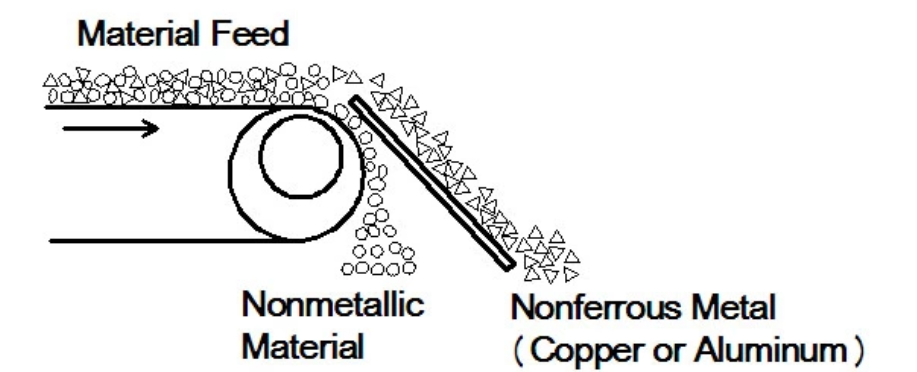

نويابىر . 27, 2024 17:27 Back to list
Understanding the Cost of Industrial Metal Shredders
Industrial metal shredders are essential pieces of machinery used in various industries for processing scrap metal into smaller, manageable pieces. They are designed to handle a wide range of materials, including automotive parts, appliances, and other metal waste. As demand for recycling and sustainable practices grows, so does the interest in these machines. However, potential buyers often find themselves asking a critical question what is the cost of industrial metal shredders?
Factors Influencing the Cost
When discussing the cost of industrial metal shredders, several factors come into play. Understanding these can help businesses make informed decisions.
1. Type of Shredder Industrial metal shredders come in various types, including single-shaft, twin-shaft, and granulators. Each type has different capabilities and price points. Single-shaft shredders are typically the most affordable, while twin-shaft shredders offer more versatility and can handle tougher materials, leading to higher costs.
2. Capacity The size and processing capacity of a shredder significantly affect its cost. Smaller units suitable for light scrap might start from a low price range, while larger, high-capacity models designed for heavy industrial use can cost significantly more. Businesses must assess their scrap volume to choose a machine that offers the best value without overspending on capacity they won't use.
3. Material Quality The construction quality of the shredder plays a crucial role in its durability and performance. Machines made with high-quality, durable materials tend to be more expensive initially but may offer cost savings in the long run due to reduced maintenance and downtime.
4. Technological Features Modern industrial metal shredders often come equipped with advanced technology that can improve efficiency and safety. Features such as automatic feed systems, programmable logic controllers (PLCs), and noise reduction capabilities can add to the overall cost. While these features may increase the initial investment, they can lead to significant operational savings over time.
5. Brand and Manufacturer The reputation of the manufacturer also influences the cost. Established brands with a history of reliability and quality may charge a premium for their products. Conversely, lesser-known brands might offer more competitive pricing, but buyers should consider potential trade-offs in terms of service, warranty, and performance.

6. Used vs. New Purchasing a used industrial metal shredder can be a way to save on costs, but it comes with risks. Used machines may have hidden issues or require repairs that could offset the initial savings. It is essential to conduct thorough inspections and evaluations before deciding on a used unit.
Average Cost Ranges
While it's challenging to pinpoint an exact price for industrial metal shredders due to the factors mentioned, average costs can provide a general idea
- Entry-Level Shredders These machines can range from $10,000 to $50,000. They are suitable for small businesses or operations processing minimal quantities of metal.
- Mid-Range Shredders Designed for medium to large operations, these shredders typically cost between $50,000 and $150,000. They offer increased capacity and efficiency, making them suitable for varied applications.
- High-End Shredders For heavy industrial applications, high-end models can exceed $150,000, going up to several hundred thousand dollars. These machines are built for maximum performance and durability, handling the most challenging materials.
Conclusion
Investing in an industrial metal shredder is a critical decision for any business aiming to improve its scrap metal processing capabilities. The costs can vary dramatically based on numerous factors, including type, capacity, materials, technological features, brand reputation, and whether the machine is new or used. By understanding these elements and conducting thorough research, businesses can choose a shredder that fits their operational needs and budget. As the recycling industry continues to evolve, having the right equipment will not only enhance efficiency but also contribute to a more sustainable future.
Latest news
eddy-separator-for-non-ferrous-metals
NewsAug.22,2025
e-waste-bin-for-collected-spray-cans-sustainable-disposal-solutions
NewsAug.22,2025
dual-shaft-shredder-with-adjustable-blade-gaps
NewsAug.22,2025
hammer-crusher-machine-with-secondary-crushing
NewsAug.22,2025
copper-granulator-our-promise-of-recycling-excellence
NewsAug.22,2025
industrial-shredders-crafted-for-e-waste-recycling
NewsAug.22,2025